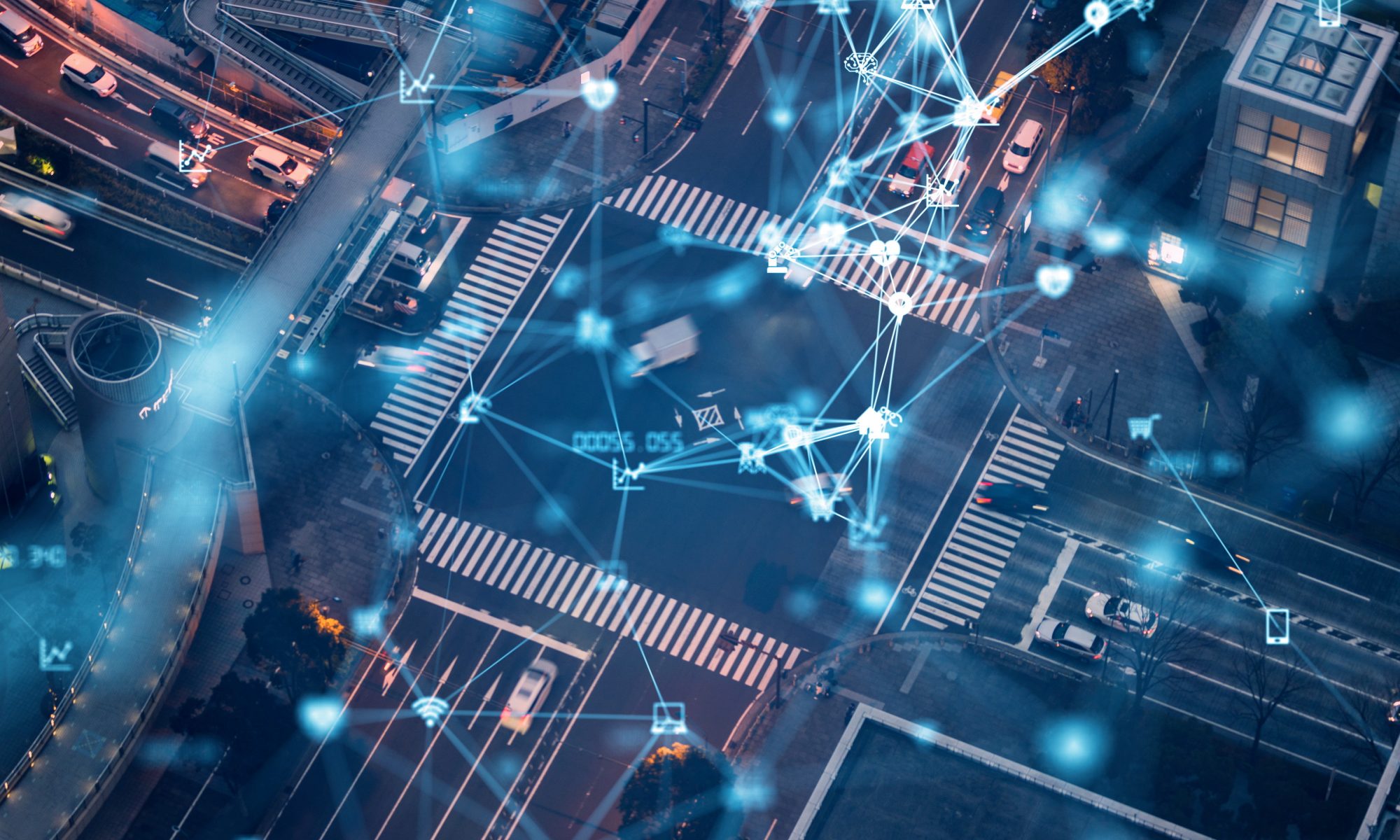BehrTech Blog
Effectiveness of IoT in the Workforce
Modern technology has significantly impacted people’s traditional way of living. It has drastically changed every person’s life. You know you’re technologically dependent if you can’t imagine life without it.
Nowadays, even the non-technologically inclined individuals have begun to buy into the convenience and the valuable insights technology offers.
From smartphones to various app-controlled appliances, technology has become a necessity in one’s daily life. It is growing in importance, both for everyday and industrial use. So it’s no wonder a reliable internet connection is crucial these days.
This article discusses IoT, or the “internet of things,” which has changed people’s traditional lifestyle into a high-tech way of living. It also explains the impact of IoT adoption in the workforce.
What Is IoT?
Managing a manpower-based organization can be stressful. Thus, some people have explored alternative ways to cope with stress. Even organizations are trying to reduce the hassles of managing the company. Thus, a select few have adopted IoT to help them with the process.
The “internet of things has become a crucial aspect of people’s lives. As a whole, IoT is an innovative concept that includes various smart systems, comprehensive frameworks, and intelligent devices and sensors.
IoT uses the internet and smart devices to provide innovative solutions to numerous challenges faced by government and private sectors across the globe.
This new paradigm also takes advantage of nanotechnology and processing speed, which were not conceivable before.
Examples of how people use the “internet of things” include:
- Smart Security Systems
- Smartphones and Appliances
- Intelligent Assistants (Apple’s Siri and Amazon’s Alexa)
- Smart Scales, Sleep Trackers, and Fitness Trackers
- Intelligent Transportation System
- Applicant Tracking Software
- Cloud-Based Human Capital Management Solutions for Timekeeping
The Impact of IoT Adoption in the Workforce
Employee Engagement
IoT affects employee engagement. It provides new ways of working, improves productivity, and enhances the experiences people obtain from organizations.
A study shows that the improvements in an organization’s process can positively influence the performances of individual employees and their feelings toward work.
The “internet of things” enables companies to integrate and communicate through smart devices to ensure that all users will receive the necessary data in real time.
From the suppliers’ perspective, IoT provides them with constant updates and easy access to data. These details enable them to gather the essential information to develop better products in the future.
Harvard Business Review conducted a survey and found that many organizations that deployed IoT-based systems are already reaping the benefits.
About 58% of the respondents claim that IoT has increased employee collaboration; 62% say it has increased their customer responsiveness and 54% state that it has improved productivity.
Mobility and Agility
The nature of IoT technology provides organizations the opportunity to allow their employees to do their work from virtually any location.
The flexibility that modern technology offers has disintegrated the traditional work-life boundary for most professionals.
During the COVID-19 pandemic, many organizations have created remote work policies to meet these new demands.
Stanford Economist Nicholas Bloom shares that the firms he talks to are thinking about reducing the density of their offices, given the need for social distancing.
According to Bloom, the typical plan is that employees will work remotely one to three days a week and come to the office the rest of the time.
No one knows when the pandemic will end. Thus, Bloom sees the potential of work from home to morph into a more permanent reality.
Customer Experience
A study showed that brand loyalty is not just a result of the quality of products or services. It is the result of the total experiences gathered in the course of customer interactions with the organization.
Research suggested that successful companies develop a strong emotional bond with their customers, which translates to increased brand loyalty.
For this reason, IoT has become an essential tool for improving the customer experience.
According to a study, intelligent devices can collect and transfer data at multiple touch using sensors. They can also increase the number of positive interactions and eliminate negative ones.
The IoT devices may also facilitate follow-ups after a sales transaction. You may even use these devices to remind your customers about the required maintenance of purchased equipment after warranty periods.
Operational Efficiency
Using LPWAN (low-power wide-area network) solutions for the oil and gas industry may present massive asset visibility and operational efficiency opportunities.
Such technology may also promote real-time insights on machinery status by proactively scheduling maintenance.
By using LPWANs, manufacturers may also benefit from automating manual activities like data recording and regular on-site visits.
Some manufacturing companies have already used industrial IoT sensors to control quality and improve efficiency.
These specific types of sensors can analyze sound frequencies, vibrations, and even the temperature of a machine.
Industrial IoT can tell if a particular machine is working within normal conditions and trigger an alert if it isn’t.
Cost-Effective Operation
IoT devices facilitate management within individual departments and across the entire enterprise structure. Generally, these devices are automatically scheduled and controlled.
The reduced downtime periods and the adequate maintenance of manufacturing devices may lead to a higher production rate resulting in increased profits.
Some companies may find occupancy sensors helpful in terms of collecting real-time data about space utilization. When connected to a temperature or lighting system, these sensors can also improve energy efficiency.
For example, lightning sensors that automatically turn off the lights when people leave a room may help reduce electricity consumption and costs.
Improved Work Safety
The scheduled maintenance of IoT devices could be highly advantageous for ensuring operational safety.
A safe working environment can make the organization more attractive for partners, personnel, and investors. Therefore, it may increase brand affinity and trust.
Smart devices also lessen the probability of human error during numerous stages of business operation.
In addition, you may use a network of IoT devices, such as motion sensors, surveillance cameras, and other monitoring devices to prevent theft.
Imaging sensors, for instance, are particularly useful in tracking entrances and exits through doorways.
Conclusion
The “internet of things” has birthed a new era of business automation. Its ability to connect smart devices and people has facilitated various organizations to expand their horizons across geographical boundaries.
Do you want to overcome productivity and connectivity challenges in your organization? Make sure to incorporate IoT into your business to reap the massive benefits it offers.

Arnold Rogers
Business Consultant
As an experienced business consultant, Arnold Rogers has advised businesses across many industries in areas of lead generation, customer experience, service development, and small business cash flow and financial management. He has experience in handling diverse industries, from fast-moving consumer goods to business-to-business hardware retailers.
Subscribe to Our Monthly Blog Roundup















